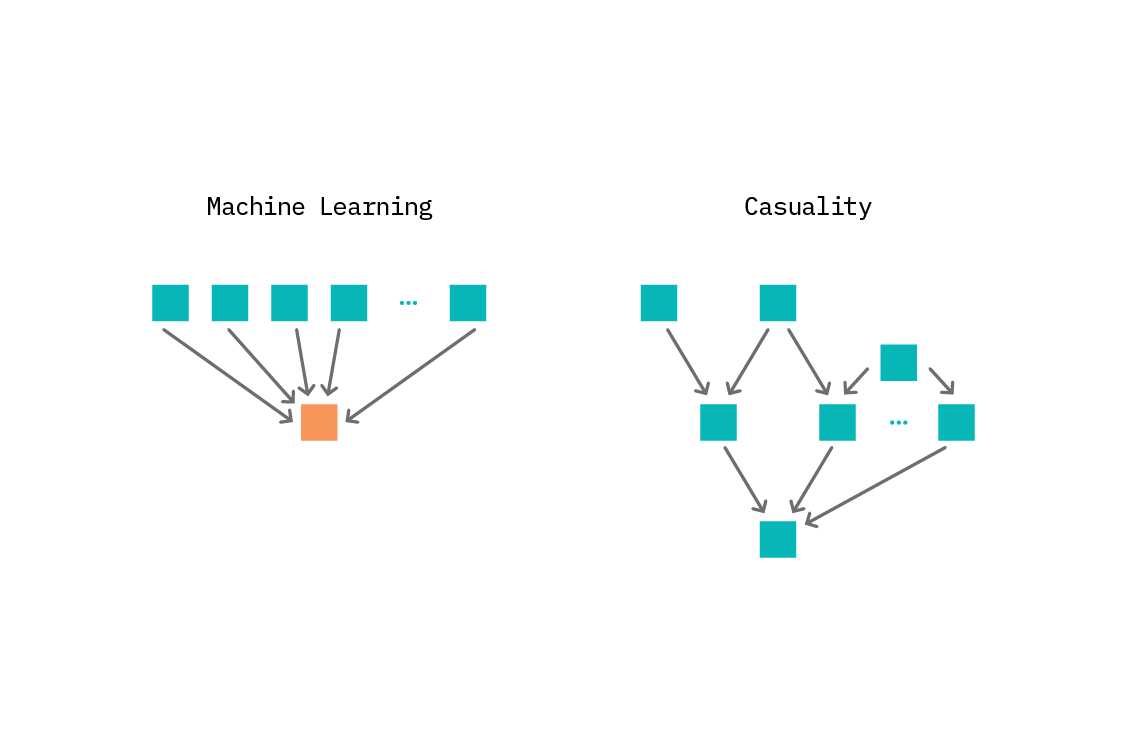Medium
1M
368

Image Credit: Medium
The Causal Revolution in Machine Learning: Moving Beyond Correlation to Causation
- Causal Machine Learning focuses on identifying cause-and-effect relationships in data, moving beyond correlation.
- Traditional ML excels at finding correlations but lacks the ability to distinguish genuine causal relationships.
- Judea Pearl's 'ladder of causation' illustrates the progression from correlation to causality.
- Causal ML goes beyond association to understand interventions and counterfactuals, enabling more nuanced insights.
- Techniques like causal graphs and counterfactual reasoning help machines reason about cause and effect like humans.
- Causal ML's focus on causation over correlation leads to more reliable decision-making and intervention strategies.
- Traditional ML's reliance on correlation can lead to flawed decision-making, misallocation of resources, and perpetuation of biases.
- Causal ML techniques, such as SCMs and counterfactual reasoning, offer more accurate predictions with less data.
- Causal ML reduces bias, enables targeted interventions, and enhances decision-making in real-world applications.
- Challenges in implementing causal ML include modeling complexity, data quality, biased data, and integration with existing ML infrastructure.
Read Full Article
22 Likes
For uninterrupted reading, download the app